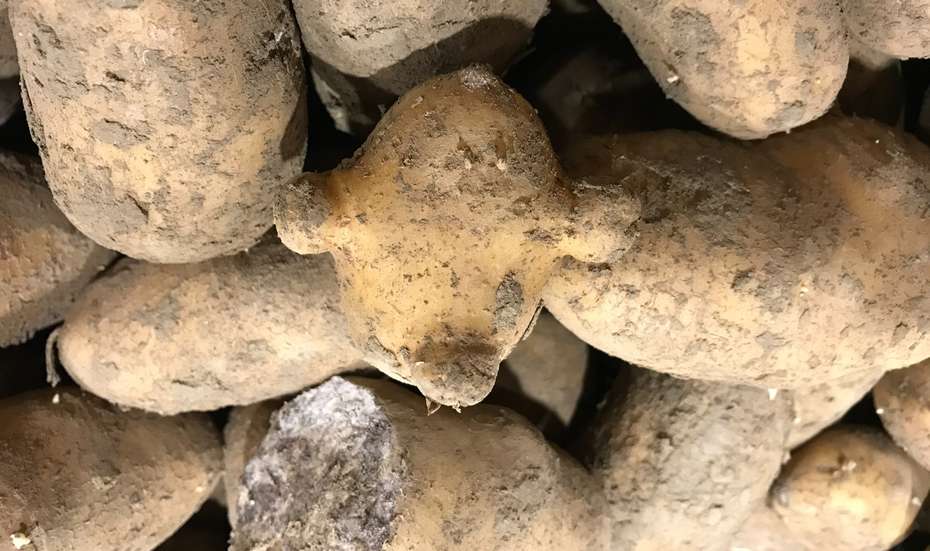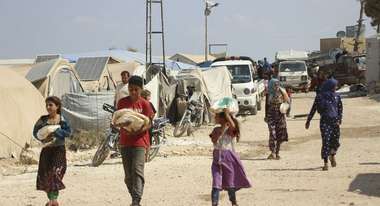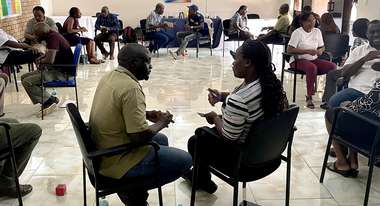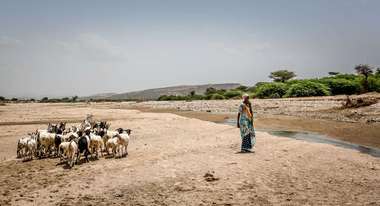Using Food More Efficiently - The Rise of Innovative Business Models
Reducing food losses and waste as an opportunity to comply with planetary boundaries.
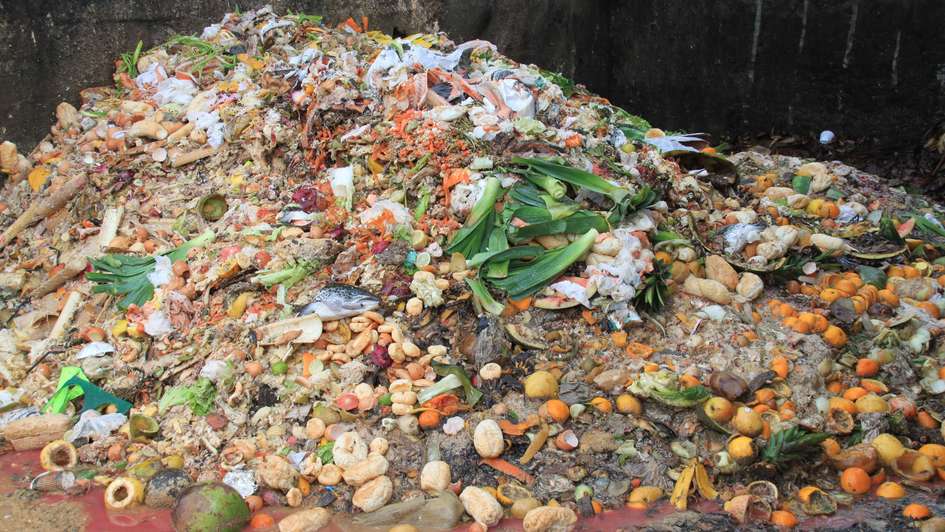
There are only six years to go until the final calculation of which of the 17 goals and 169 targets of the 2030 Agenda for Sustainable Development have been achieved. Target 12.3 sets a 50% reduction in per capita food waste, while there is no target for reducing losses. According to calculations by the Food and Agriculture Organization of the United Nations (FAO), global losses from post-harvest up to but excluding retail have stagnated at around 13% since 2016 (UN, 2022). The second report on global generation of food waste published in April 2024 (UNEP, 2024) shows a slight increase from 17% (2019) to 19% (2022) at retail, food service, and household level. According to the United Nations Environment Programme (UNEP), the available data has improved significantly for the second edition, so this development could be related to a more detailed recording of quantities rather than an actual increase. However, robust data on losses and waste remain scarce, particularly in low-income countries and rural areas, and for the agricultural, processing, wholesale, retail and take-out sectors. It has been found that losses and waste affect all countries more or less equally – only the causes differ.
Eight to ten percent of global greenhouse gas emissions are caused by food that is produced but not eaten (UN, 2022). The estimated monetary loss to the global economy is over one trillion US dollars per year. Around 28% of the world's agricultural land and three times the volume of water in Lake Geneva is used in the production food that is not eaten. At the same time, almost 800 million people go hungry and around a third of the world's population is affected by food insecurity.
A more efficient use of the food that is already being produced would therefore result in, among other things, a better food supply, reduced greenhouse gas emissions (by reducing methane emissions from inappropriate landfills) and a sensible use of regionally scarce resources such as water without putting additional pressure on planetary boundaries.
Around 28% of the world's agricultural land is used in the production of food that is not eaten.
Felicitas SchneiderFollowing the publication of the 2030 Agenda for Sustainable Development, there was a long debate among experts as to whether food losses and waste should, by definition, only include the edible part of a plant or animal intended for human consumption or whether non-edible parts such as shells, bones or seeds should also be included. The United Nations finally agreed on a definition that also comprises the non-edible parts. Sceptics asked where this would lead – growing bananas without skins or boneless chickens? Countries with a high share of processed food in their exports probably still feel it is unfair that they are faced with statistics which reflect a high per capita share of industrial losses and waste, while importing countries can enjoy the associated edible portions. However, recent years have shown that this definition can be an unexpected driver for innovation and a circular economy. As soon as food losses or waste can be used as animal feed, for further industrial processing or for the production of biogenic materials, they are no longer considered losses or waste.
Business Models for Reducing Food Losses and Waste
Particular attention should be paid to making the best possible use of loss and waste streams. Although there is still no uniform global hierarchy, the general approach is more or less the same: The first priority is to reduce losses and waste directly at source. In the next step, unavoidable excess material should be put to alternative use, e.g. through redistribution via social institutions, so-called food sharing activities or by upcycling some components as ingredients for other foods. If this is not possible, use as animal feed is an alternative. Material that is unsuitable for this can be used in the non-food sector. Only once these possibilities have been exhausted should recycling take place in a composting or biogas plant, via thermal utilization of the calorific value through controlled incineration or, as a last resort, landfilling. Unfortunately, landfill is still the most common disposal method worldwide.
The use of artificial intelligence opens up new ways of optimizing the modelling of demand for certain products. This enables needs-based purchasing and production processes, leads to optimized stock levels and can therefore result in considerable resource savings. In practice, it has been shown that the more players in the supply chain are involved in the modelling, the more efficient the approach becomes. However, obstacles remain with regard to data security, data usage, data formats, willingness to cooperate, etc.
While the use of side streams has long been an important business area in the processing of animal products, the innovative further processing of some plant material streams for food and non-food applications (with exceptions such as starch) has been slow to develop. Traditional uses as animal feed or for soil improvement ignore valuable properties of ingredients such as antioxidant effects, texture-improving characteristics, etc. By-products from one branch of food processing are gradually being reused in other branches, upcycling of streams previously classified as waste is taking place or functional substances can be extracted profitably using newly available technologies. Digital platforms make it easier for interested companies to quickly and transparently exchange information on supply and demand.
Innovative treatment processes for production residues facilitate a higher yield of resources. A global ice cream manufacturer has recently been able to process residues resulting from product changes using new technologies and return up to 40% of them to the process. In cooperation with large food companies, specialized companies are developing tailor-made processing technologies for what was previously classified as loss or waste in order to achieve new added value. The use of supposedly inedible components, such as banana peels, cocoa fruit and shells, as ingredients in new foods is also being redoubled.
Companies that want to avoid being accused of greenwashing have been able to have their products containing ingredients from previously discarded food certified as Upcycled Certified® products since 2019.
In the non-food sector, previous plant-based waste streams are interesting raw materials in the production of vegan alternatives, as a raw material for bio-based plastics, as a source of fibers and dyes or as substrates for vertical farming.
Every Crumb Counts – Can Upscaling Succeed?
The ISO 20001 management system standard, which has been developed by international experts (ISO/TC 34/SC 20) since the end of 2021, is intended to support companies, regardless of their size, in the structured implementation of prevention measures. It involves a holistic view of the effects of internal company procedures and decision-making processes in food production and processing on the internal as well as upstream and downstream occurrence of food losses and waste. The standard has a similar structure to existing ISO management systems, which should make implementation much easier. A first draft has already been commented on by the mirror committees of the national standardization organizations; a second review round is scheduled for early 2025.
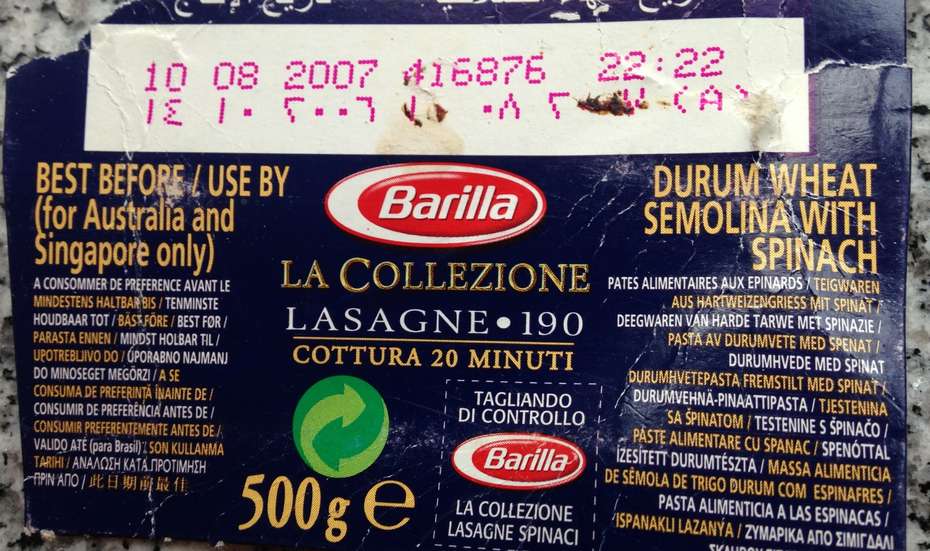
Unfortunately, there are always legal and contractual obstacles to the implementation of potential reduction measures, such as possible maximum percentages of rework, taxes, cross-border transportation, marketing standards or best-before and use-by dates. The best-before date (BBD) guarantees certain product characteristics, while the use-by date provides information on food safety once the date has been reached. In general, products may no longer be marketed after the use-by date, but those with a best-before date may be marketed under certain conditions. Within the European Union, two thirds of yogurt products have a use-by date, the rest have a best-before date. In Asia, parts of South America and North Africa, yoghurt is more likely to be sold with a use-by date.
Using a risk-based approach, one global producer of yogurt products managed to convert up to 90% of its yogurt range to a best-before date. The group is continuing to implement a similar approach with other food categories. At the same time, educational campaigns are being implemented to make users aware of the importance of the best-before date and, if in doubt, to use their own senses to determine edibility. In addition, the changeover also means that a large proportion of the range of food on offer is potentially released for alternative use close to or after the best-before date, e.g. for redistribution.
Large corporations can easily communicate the successes the have achieved and be regarded as role models. Global furniture store restaurants and retailers have already achieved a reduction in food losses and waste of almost 50 percent. On the other hand, the many small improvements that are implemented daily by a myriad of small and medium-sized enterprises, from primary production to small market stalls or in millions of households, are often still not taken into account. More and more cities want to change this situation by actively promoting new, innovative approaches to prevention. Participatory networks and support programs by Eurocities, United Cities and Local Governments (UCLG), Local Governments for Sustainability (ICLEI), the Milan Urban Food Policy Pact and others are key to rolling out effective measures – in businesses and at household level.
Together We Can Make a Difference
Our food system is very complex and the causes of losses and waste are manifold. Cooperation between stakeholders is therefore of great importance and can not only contribute to the development of solution strategies, but also reduce the time required and increase the scope of implementation. Possible hurdles, such as food safety, rebound effects (2), shifting losses and waste to upstream or downstream stages, etc., must be actively addressed and dealt with in an interdisciplinary manner. Scientifically sound monitoring should accompany every intervention in order to implement measures as effectively and efficiently as possible. Ultimately, this is not about achieving some numerical goal set in negotiations, but about moving as quickly as possible towards a more sustainable food system that reduces the pressure on planetary boundaries.



References
UN (2022) The Sustainable Development Goals Report 2022. United Nations Publications, New York, 68 pages, ISBN 978-92-1-101448-8, available at https://unstats.un.org/sdgs/report/2022/.
UNEP (2024) Food Waste Index Report 2024: Think Eat Save - Tracking Progress to Halve Global Food Waste. United Nations Environment Programme, Nairobi, 2024, 191 pages, available at https://www.unep.org/resources/publication/food-waste-index-report-2024.
Footnotes
1) Vertical Farming is an agricultural concept where production takes place in high rise buildings (vertical) in order to utilize urban space for sustainable agriculture. Plant and animal products can be cultivated directly in cities close to consumers, thus reducing delays and costs of transport.
2) Increases in efficiency can lower the costs of products and services. This can led to a change in the behaviour of consumers: They consume more, the orginial savings are reduced to some extent. This effect is called "rebound".
